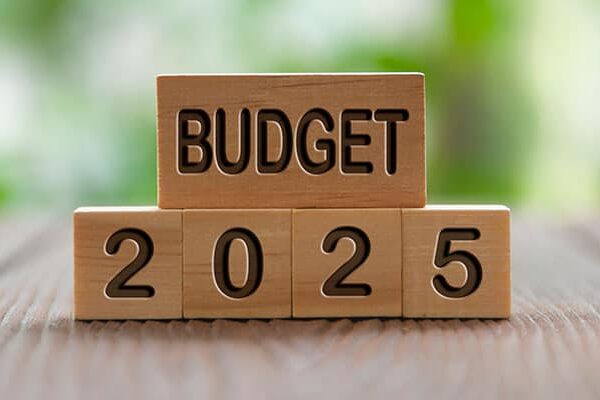
February 1, 2025, Finance Minister Nirmala Sitharaman presented India’s Union Budget for the fiscal year 2025-26, introducing significant reforms aimed at stimulating economic growth, supporting the middle class, and promoting various sectors. Major Taxation Reforms
- Income Tax Relief: Theudget proposes zero income tax for individuals earning up to ₹12 lakh annually under the new tax regime. Incomes above this threshold will be taxed according to revised slabs, while the old tax regime remains unchanged.
- TDS and TCS Adjustments: The threshold for Tax Deducted at Source (TDS) on interest for senior citizens has been increased from ₹50,000 to ₹1 lakh. Additionally, t annual limit for TDon rent has been raisedrom ₹2.4 lakh to ₹6 lakh.
- Tax Exemptions: Withdrawa from the National Savings Scheme made on or after August 29, 2024, will be exempt from tax.
- Extended Filing Deadlines: The deadle to file updated income tax returns has been extended from two to four years, oviding taxpayers wi more flexibility.
Agricultural Initiatives
- Prime Minister Dhan-Dhaanya Krishi Yana: A new scheme troduced to enhance agricultural prodtivity and farmer welfare.
- Enhanced CrediFacilities: The budget aims to facitate short-term loans of up to ₹5 lakh for 7.7 crore farmers, fishermen, and dairy farmers through the Kisan Credit Ca (KCC) scheme.
- Pulses Self-Reliance Mission: A six-year mission focusing on pulses like Tur, Urad, and Masoor to reduce dependence imports and boost destic production.
- Makhana Board Estabshment: A dedicateboard will be set up in Bihar to prome the cultivation and marketing of Makhana, benefiting local farmers.
Science, Research, and Innovation
- Research and Develment Allocation: An allocation of ₹20,000 crore has been made to implement a private sector-driven research, development, and innovation initiative.
–PM Research Fellowship*: The government will provide 10,000 fellowships for technological research in IITs and IISc to foster innovation.
- Gene Banfor Crop Germplasm: A second gene bank, housing 10 lakh germplasm lines, will be established to ensure future food and nutritional security.
Export Promotion and Manufacturing Support
- Incentives for Electronics and EVs: Exemptions will be granted for open cells ud in LED/LCD TVs, los for textiles, and capital goodfor lithium-ion batteries used in mobile phones and electric vehicles.
- Promotion of Maintenance, Repair, and Overhaul (MRO): A 10-year exemption will be granted on goods used for shipbuilding and ships t for breaking. Additionally, the time limit for the export of railway goods imported for repairs will be extended.
- Trade Facilitation Measures: A me limit has been tor the finalization of provisional assessments. A new provision allows for the voluntary declaration of material facts afteclearance and duty ynt, with interest but without penalty. The Import General Customs Rules (IGCR) have been amended to extend ttime limit to one year and allow for the filing of quarterly statements instead of monthly ones.
- Leather Goods Promotion: Wet blue leather will be fully exempted from basic customs duties to promote domestic consumption and enhance exports.
Economic Outlook
The budget reflects the government’s focus on stimulating consumption growth, particularly among the middle class, to drive the Indian economy. However, these measures are expected to cost the government ₹1 trillion in revenue, potentially impacting capital expenditure plans. The central question remains whether the Reserve Bank of India will cut interest rates to further support economic growth.
For a more detailed analysis, you can refer to the official budget documents available on the Ministry of Finance’s website. (indiabudget.gov.in)
For a visual summary of the top highlights from the Union Budget 2025, you might find this video informative:






